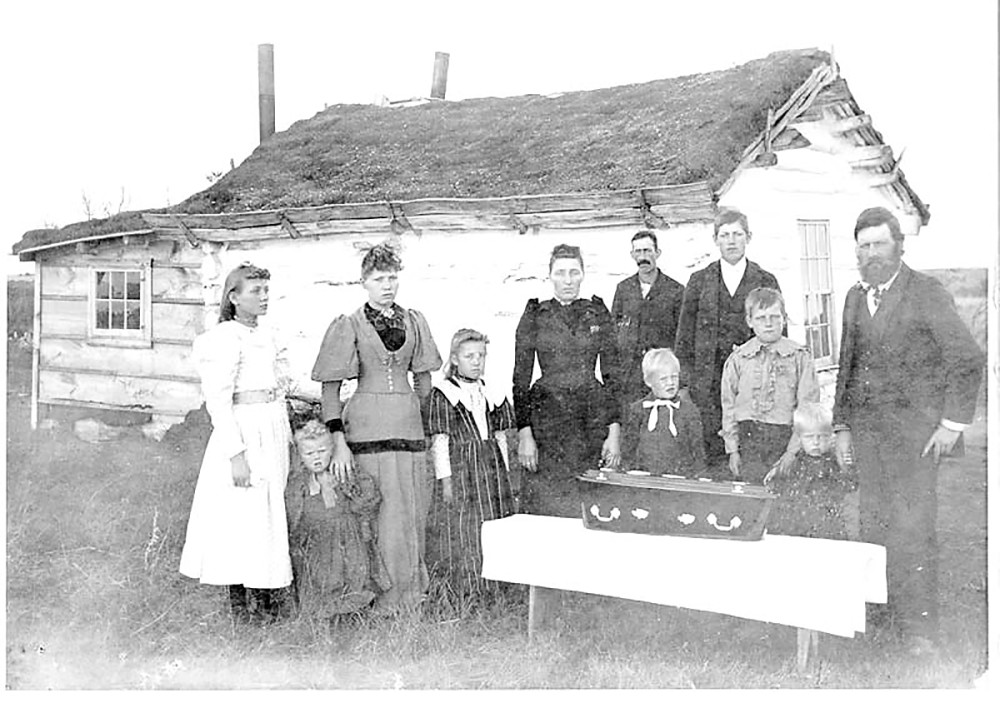What we lost when the funeral home replaced the home funeral
Death rituals used to happen in our houses. What if we brought them back?

I frequently walk the alley across from our house to a coffee shop on Main Street in our quaint, small, midwestern town. Like most alleys, it is lined with forgotten or hidden things. Neighbors park their vehicular eyesores at the back of their property so that no one but alley walkers can see them. Flowers on bushes that were planted as fences suddenly bloom like a beautiful secret.
A few paces farther, a large but tidy house sits at the crest of the alley, facing Main Street. It is old but well maintained and neatly refinished with cream-colored siding and dark red shutters.
Only from the alley can you see a curious feature that separates this house from the others that line the path: a round metal tube extends toward the sky, too large to be a normal chimney. It pumps smoke into the air all year round, even on warm summer days.





